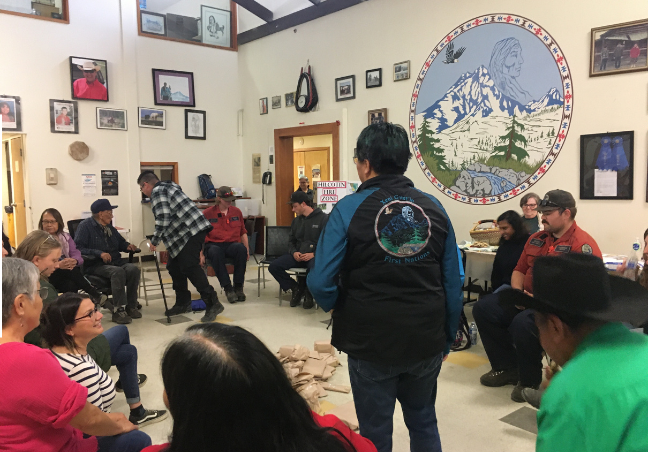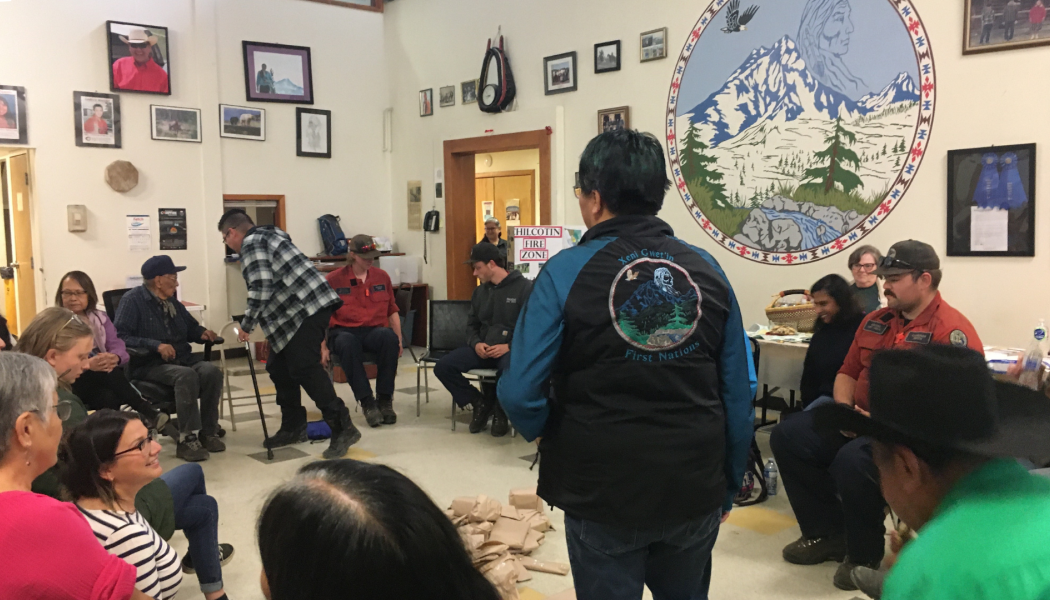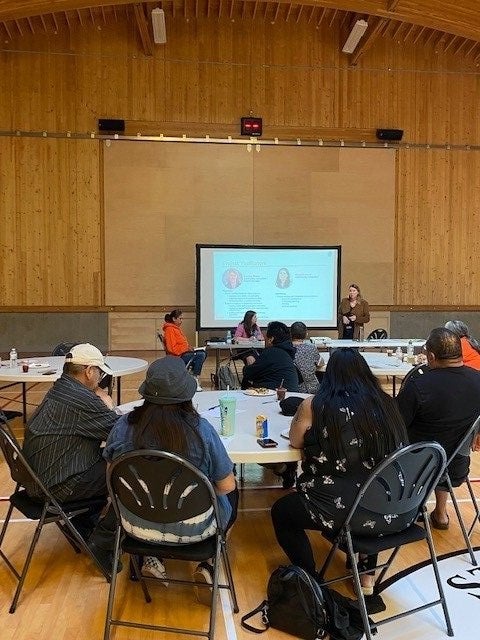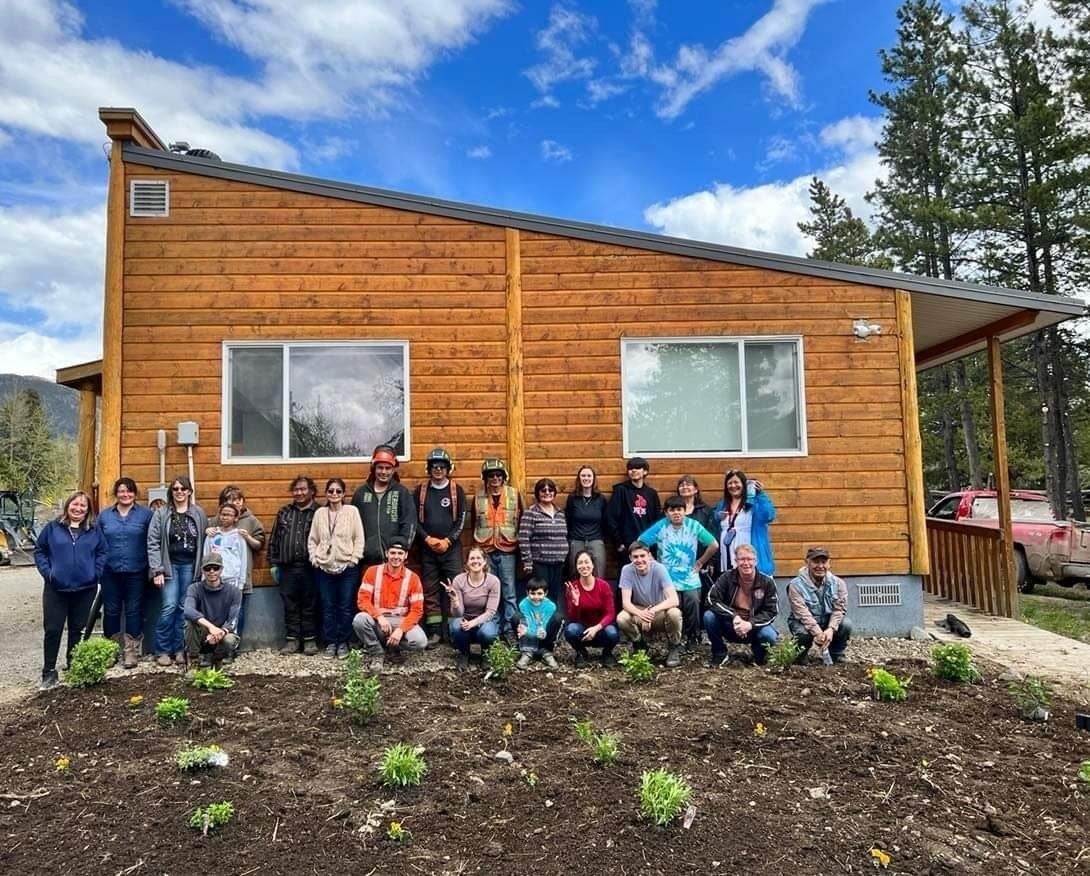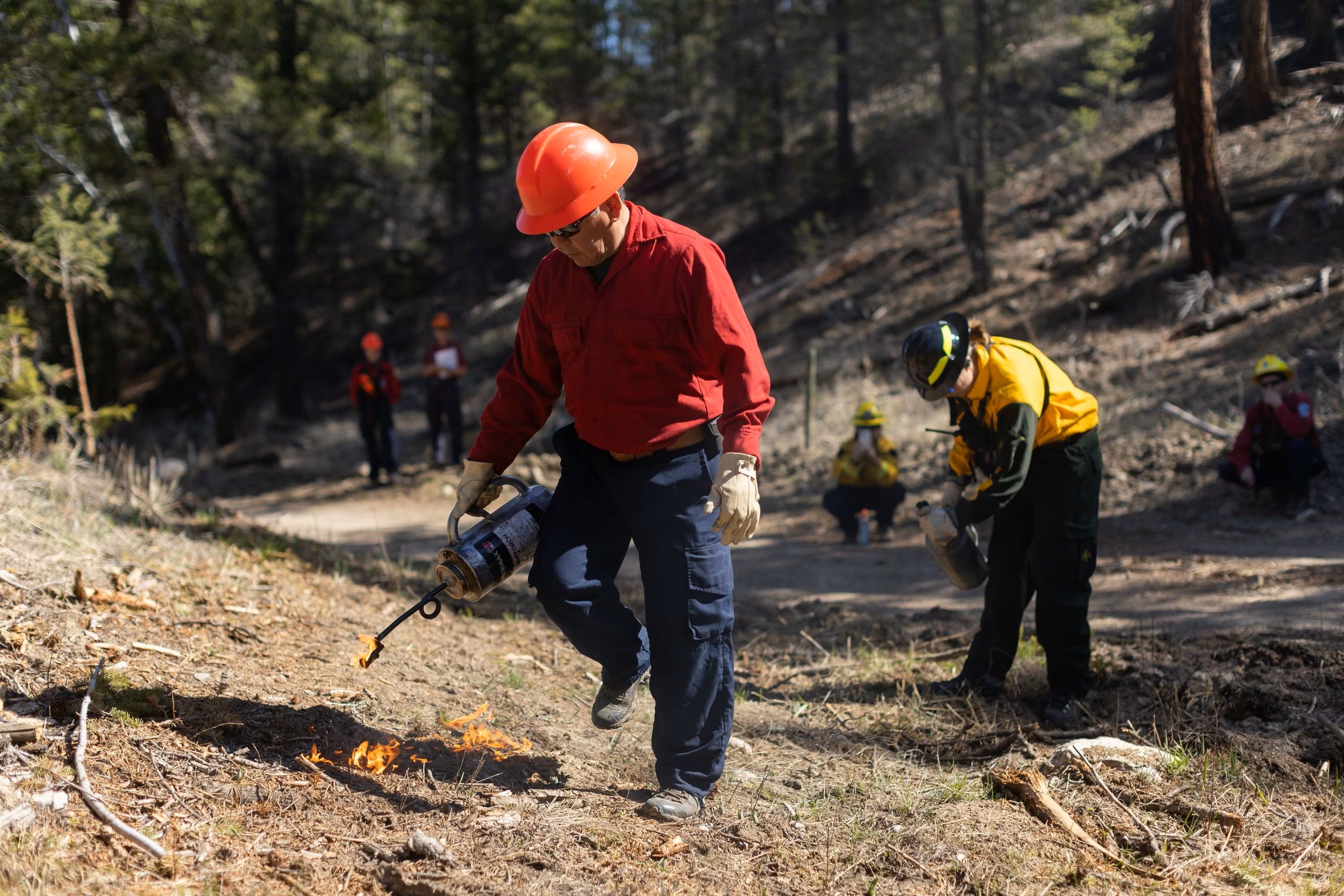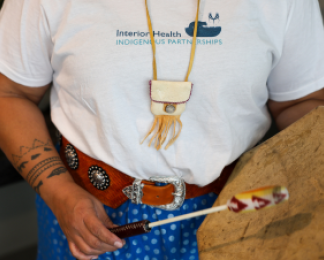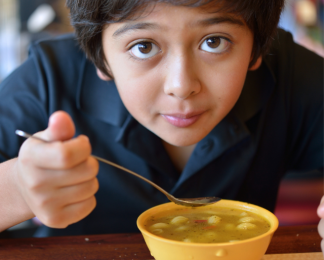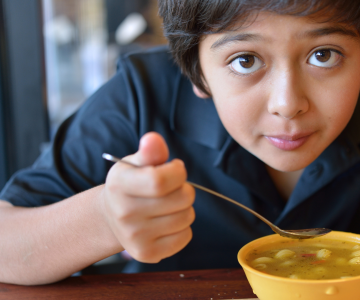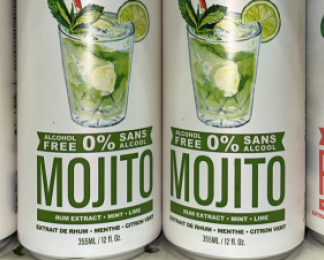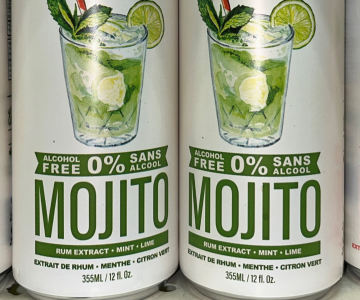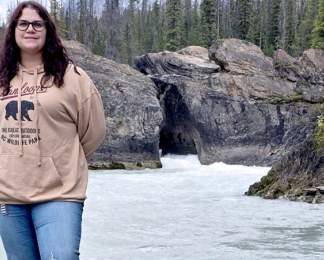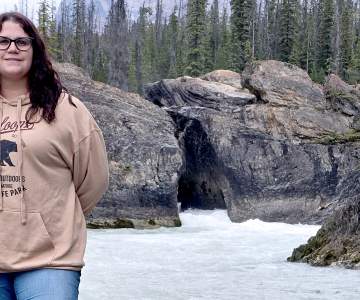Climate change is a global issue affecting social, economic and environmental factors that determine our health: clean air, safe drinking water, secure and safe places to live, and income and livelihood. Climate change is also strongly linked to health inequities: communities and populations that are most vulnerable to the impacts of climate change are often those that contribute least to the problem.
First Nation communities are uniquely affected by climate change due to colonial systems, such as the imposed land reserve system. The reserve system fragmented large traditional territories into small parcels of land that were often established in areas that were not desirable to colonial governments, such as on floodplains or in areas downstream from major industrial developments.

